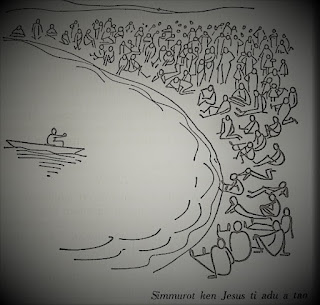A note on synchronic and diachronic analyses
In biblical exegesis, diachronic analysis and synchronic analysis are two distinct approaches used to study the text.
Diachronic analysis
Diachronic analysis, also known as historical-critical analysis, focuses on understanding the biblical text by examining its development over time. It involves investigating the historical context, authorship, sources, and literary composition of the text. Diachronic analysis aims to uncover the historical circumstances surrounding the writing of the text and the various stages of its formation. This approach helps scholars understand the text's evolution and the influences that shaped its content.
Synchronic analysis
On the other hand, synchronic analysis, also known as literary analysis, examines the biblical text as it exists in its final form, without considering its historical development. This approach looks at the text as a whole and focuses on its internal coherence, structure, themes, and literary techniques. Synchronic analysis seeks to understand the meaning and message of the text within its literary context, emphasizing the relationship between different parts of the text and the overall narrative or theological themes.
While diachronic analysis delves into the historical background and development of the text, synchronic analysis focuses on the text's final form and its literary qualities. Both approaches contribute valuable insights to biblical exegesis, offering different perspectives for understanding and interpreting the Scriptures.


Comments
Post a Comment